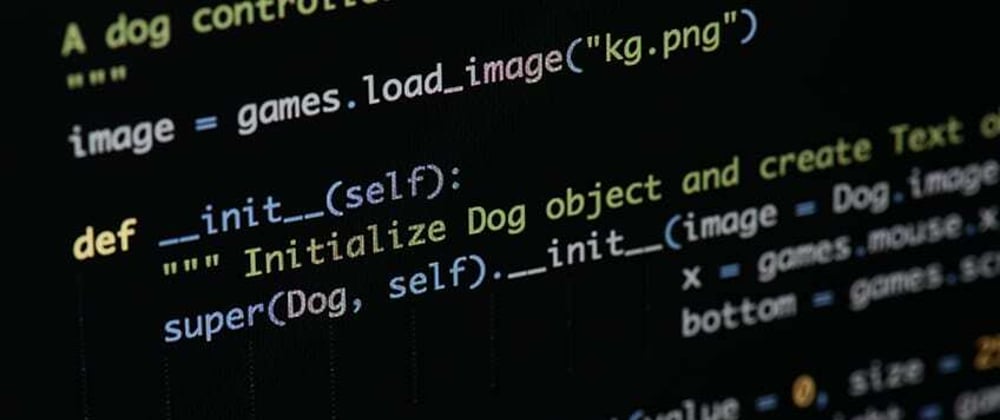Introduction.
What is python?
Python is a “high-level programming language and its core design philosophy is all about code readability and a syntax which allows programmers to express concepts in a few lines of code” created by Guido van Rossum.
Python is one of the most popular programming languages available today. It is widely used in various sectors of business, such as programming, web development, machine learning, and data science. Given its widespread use, it’s not surprising that Python has surpassed Java as the top programming language.
This Python tutorial covers all the basics of Python and some advanced topics of the Python language, such as variables, data types, arrays, functions, and OOPs concepts, all of which will help you prepare for a career as a professional Python programmer.
# Python 101: The Basics
1. Variables
You can think about variables as a word that stores a value. Simple as that.
In Python it is really easy to define a variable and set a value to it. Imagine you want to store number 1 in a variable called “one”. Let’s do it!
2. Control Flow: conditional statements
Conditional Statement in Python perform different computations or actions depending on whether a specific Boolean constraint evaluates to true or false. Conditional statements are handled by IF statements in Python
3. Looping / Iterator
In Python we can iterate in different forms. For example the "while and for".
While Looping: while the statement is True, the code inside the block will be executed.
The while loop needs a “loop condition” and if it keeps True, it continues iterating.
Some of the learning outcomes of python include:
Learning the basic features of the python interface.
How to use Python to create programs
Learning and applying programming concepts to create programs
Testing and Debugging.
Learning good programming practices to ensure readability and to avoid errors in programs.
Installation
- Select Version of Python to Install.
- Download Python Executable Installer.
- Run Executable Installer
- Verify Python Was Installed
- Verify Pip Was Installed
- Verify Pip Was Installed
- You can start coding
_ Happy Coding!_






Top comments (0)